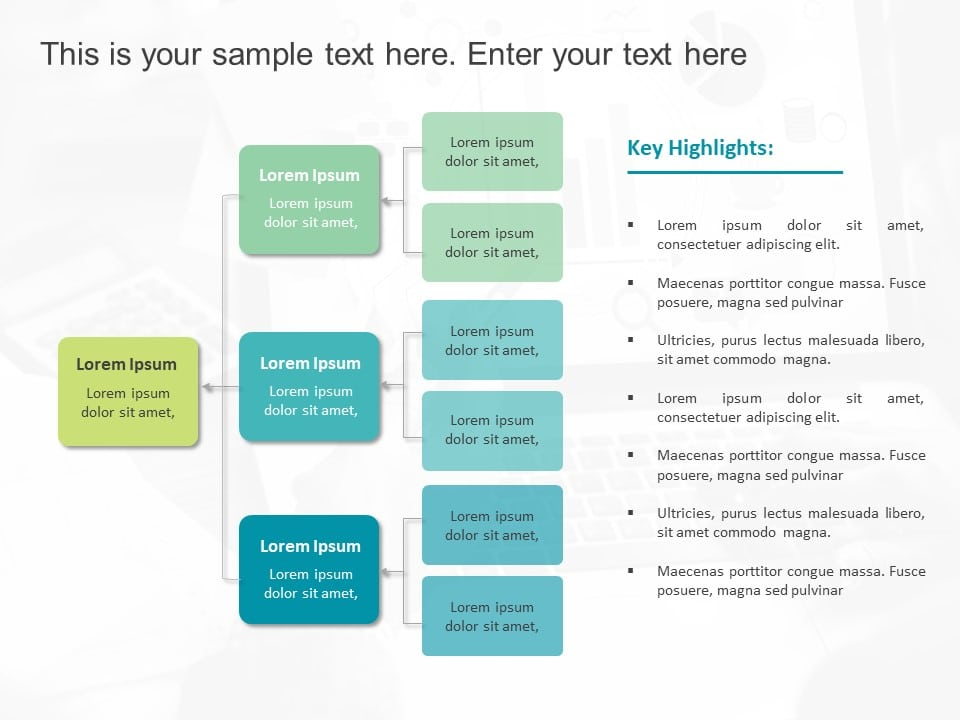A flow chart If Then is a visual representation of a decision-making process. It is a type of flowchart that shows the logical flow of a program or process based on a condition. The “If Then” statement is a common programming construct that allows for conditional branching, where the program will execute different sets of instructions based on whether a certain condition is met.
Flow charts If Then are often used in programming, business processes, and project management to help clarify complex decision-making processes and identify potential issues or bottlenecks. They are a valuable tool for improving efficiency, communication, and overall understanding of a process.
Flow Chart If Then
How to Create a Flow Chart If Then
Creating a flow chart If Then is a straightforward process that involves identifying the condition to be evaluated and the actions to be taken based on that condition. Here are the basic steps to create a flow chart If Then:
- Start with a decision block that contains the condition to be evaluated.
- Draw arrows to represent the flow of the process based on whether the condition is true or false.
- Create separate blocks for each possible outcome, with clear labels indicating the actions to be taken.
- Connect the blocks with arrows to show the logical flow of the process.
- Review the flow chart to ensure it accurately represents the decision-making process and is easy to follow.
Once the flow chart If Then is created, it can be used as a reference guide for implementing the decision-making process in a program or project. It can also be shared with team members or stakeholders to ensure everyone is on the same page regarding the logic of the process.
